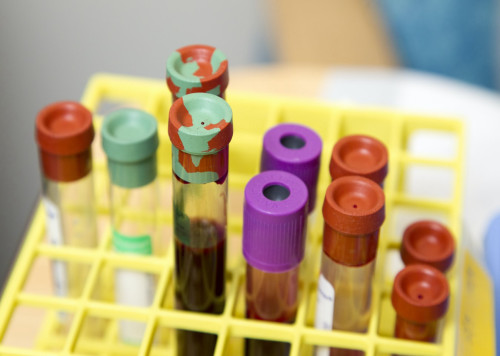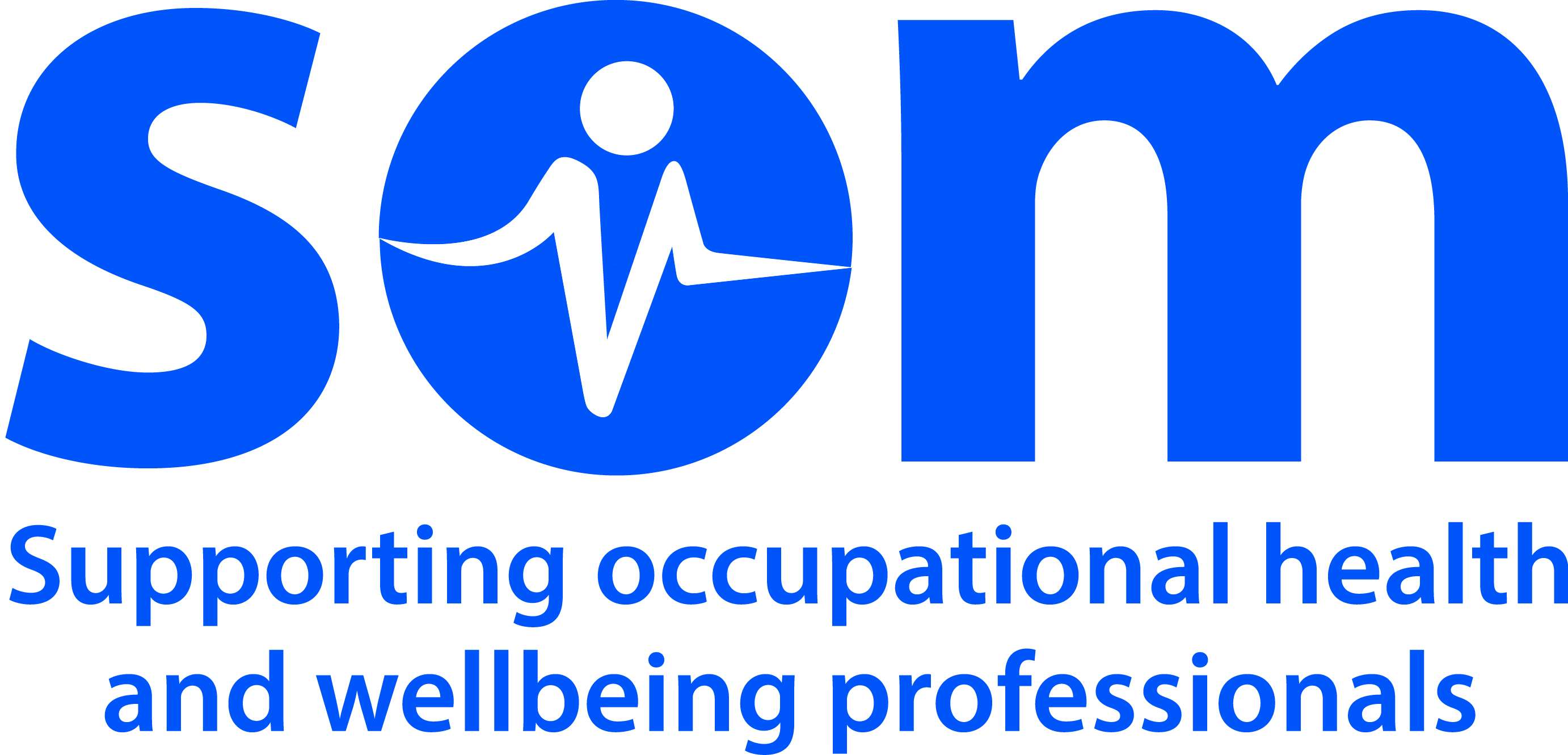Hepatitis C and healthcare workers

Occupational Health Considerations
Occupational hazards of hepatitis C predominantly impact upon health care workers dealing with blood contaminated needles. About 82% of those acquiring the virus become chronically infected. The risk of acquiring hepatitis C infection following a needle stick injury is estimated at approximately 3%. The risk for hepatitis B is 30% and HIV is 0.3%
Health care workers undertaking Exposure Prone Procedures (EPPs) should be demonstrated to be Hepatitis C (antibody negative or, if positive, negative for hepatitis C RNA: The definition of EPP differs significantly between jurisdictions
Clinical Aspects
Hepatitis C virus (HCV) is an infectious hepatotropic virus of the flavivirus family.
Acute symptomatic infection with hep C is rare but symptoms will include nausea, vomiting, fatigue, jaundice and anorexia. Most patients who acquire the virus are symptomless until the corollary of chronic infection occurs. The majority of patients are asymptomatic.
Chronic infection causes liver inflammation and fibrosis, and a significant number of these patients will develop cirrhosis and liver failure or liver cancer over a period of approx20 to 50 years. Type 1 genotype is more likely to be associated with hepatocellular carcinoma infection rarely resolves spontaneously in patients with chronic infection.
Sexual transmission occurs of course, but historically the parenteral exposure via blood or blood products leads to infection in the majority of cases, and the majority of intravenous drug users become infected by repetitive exposure to contaminated injection equipment
My reflection

